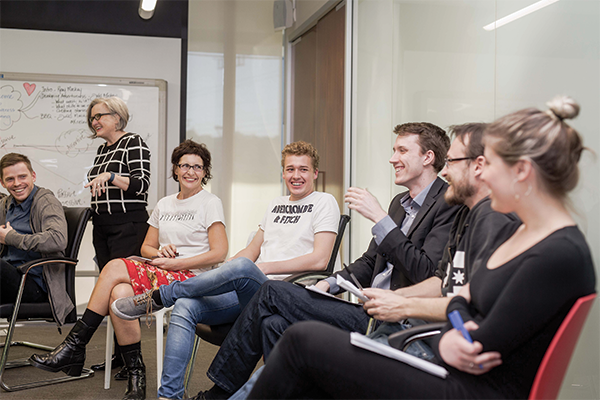By the time we become adults the majority of us would consider ourselves to be good communicators. After all, we’ve been communicating with each other since we first learnt to talk; that’s at least 18 years of solid talking.
However effective communication especially within a workplace setting, can be an incredibly difficult skill to master. It is never as simple as just saying the right words to someone, but also the tone and body language when saying those words. In fact only 7% of communication is based on what is said, while the rest is communicated through non-verbals. Tone, body language and content combine to create different communication styles ranging from submissive to aggressive. We can jump between communication styles depending on the situation, however many psychologists have argued the ideal communication style especially within the workplace, is assertiveness. This is because an assertive person can effectively influence, listen and negotiate which allows others to choose to co-operate willingly.
I’m sure many have heard of this magical word during work seminars or training sessions, but what does being ‘assertive’ actually mean and how is it different to being aggressive or submissive? Last Friday the aXcelerate office were lucky enough to find out when our managing director Julie Verner Mackay held an effective communication training session for all staff. Julie has been facilitating professional development programs for the last 26 years and was able to find some time in-between managing aXcelerate to demonstrate assertiveness and why it is so important for effective communication both in and outside of the workplace. This training session was the first of many for our aXcelerate staff, as we make a concentrated effort on developing and nurturing all stakeholders of the business, especially our human capital-our employees.
During this two hour session we learnt the definition of assertiveness and how to identify when an individual is being assertive and when they are slipping either side of the scale towards aggression, passive aggression and submission.
Assertiveness is commonly defined as standing up for personal rights and expressing thoughts, feelings and beliefs in direct, honest and appropriate ways which do not violate another person’s rights. It is where people are consciously working towards a “win-win” solution to problems; where both parties end up with their needs met to the degree possible. People can sometimes confuse assertiveness with aggression or passive aggression, however these are very different. When being aggressive, a person puts their needs, wants and rights above those of others and attempt to get their way by not allowing others a choice.
Alternately people can also slip to the opposite end of the spectrum and become submissive, where they can end up sacrificing their own needs, rights and wants for the sake of the other person.
Through conducting role plays where each team member had to act out a particular communication style, all staff members were able to identify typical character traits relating to each communication style and what particular traits they tend to lean towards themselves, when faced with a particular scenario.
The focus then became how to transition these other communication traits into assertive ones. Learning to change and adjust one’s behaviour is often a time consuming process and the aXcelerate staff aim to revisit our assertiveness training over the next few months to ensure we are effectively putting the theory from last week’s session into practice.
To find out more about assertiveness and how you can incorporate assertiveness skills into your own workplace, visit our VM Learning page specialising in assertiveness training:
http://www.vmlearning.com.au/



